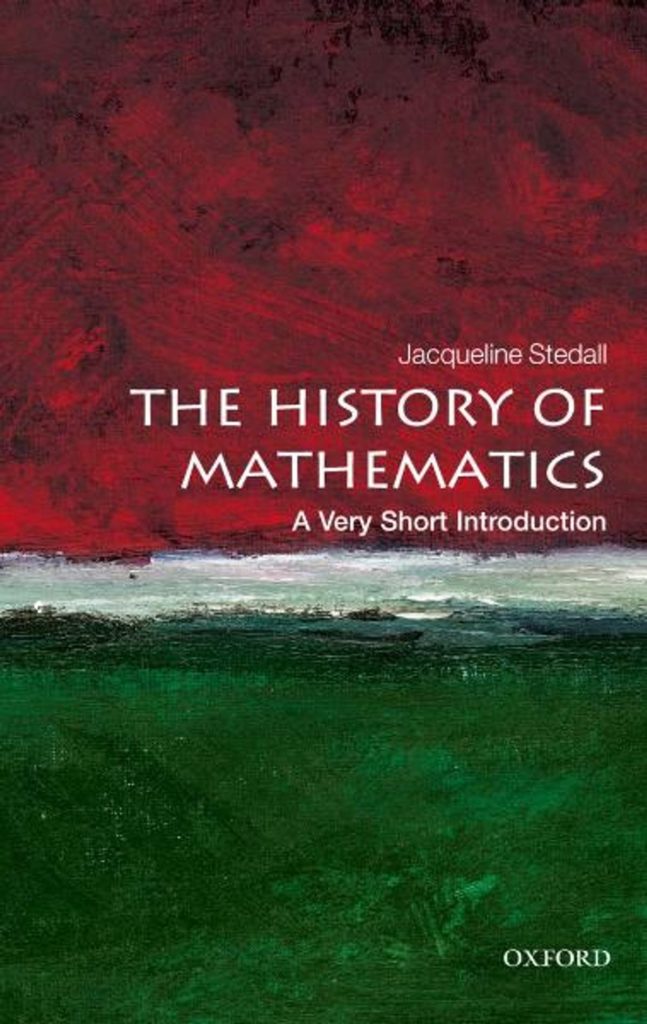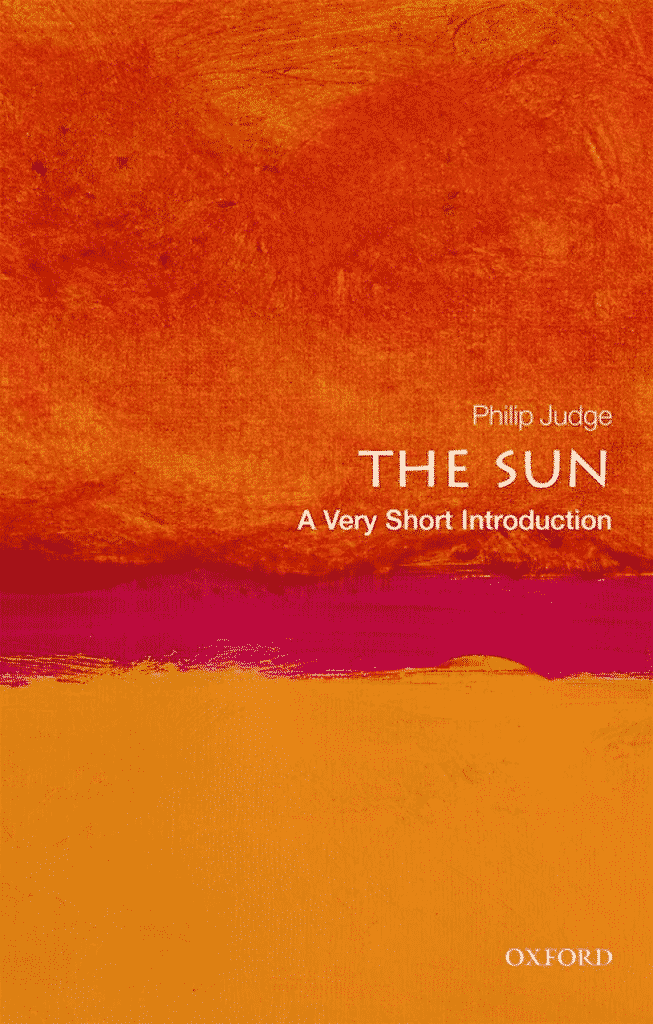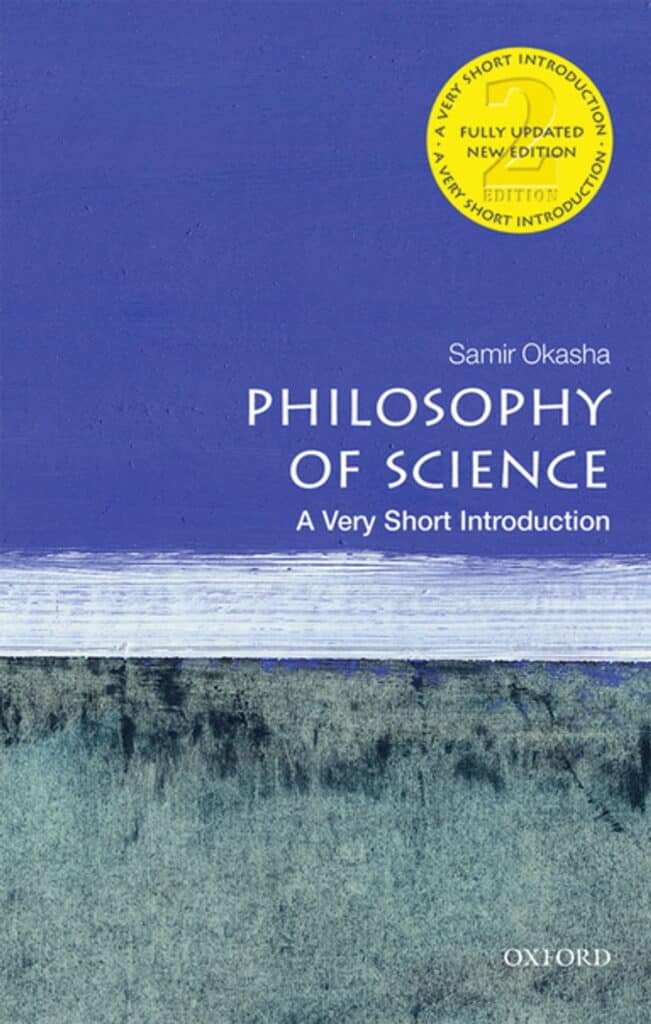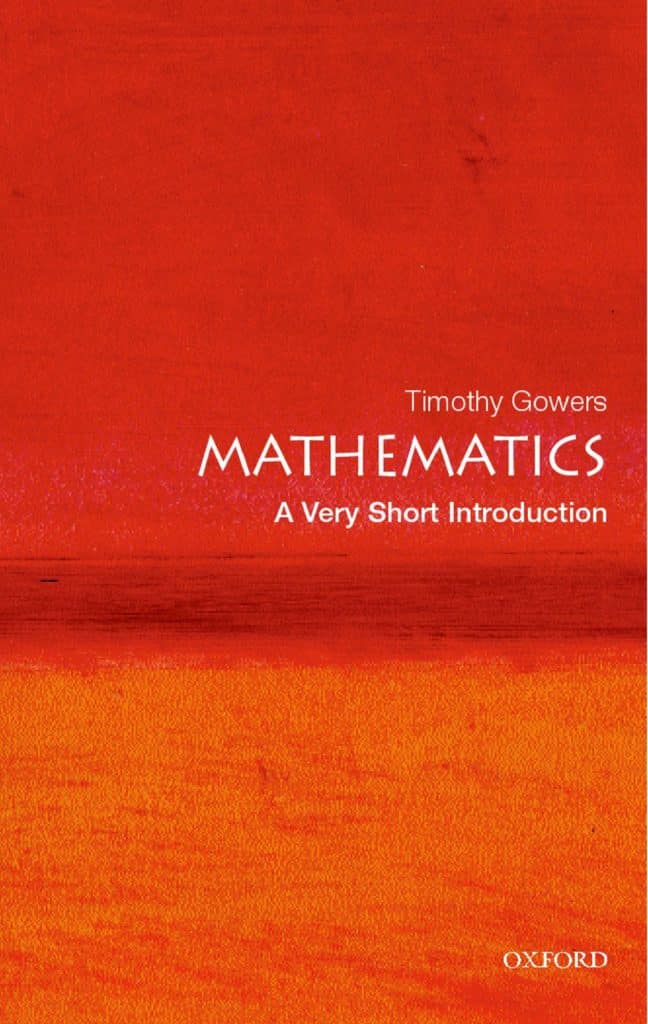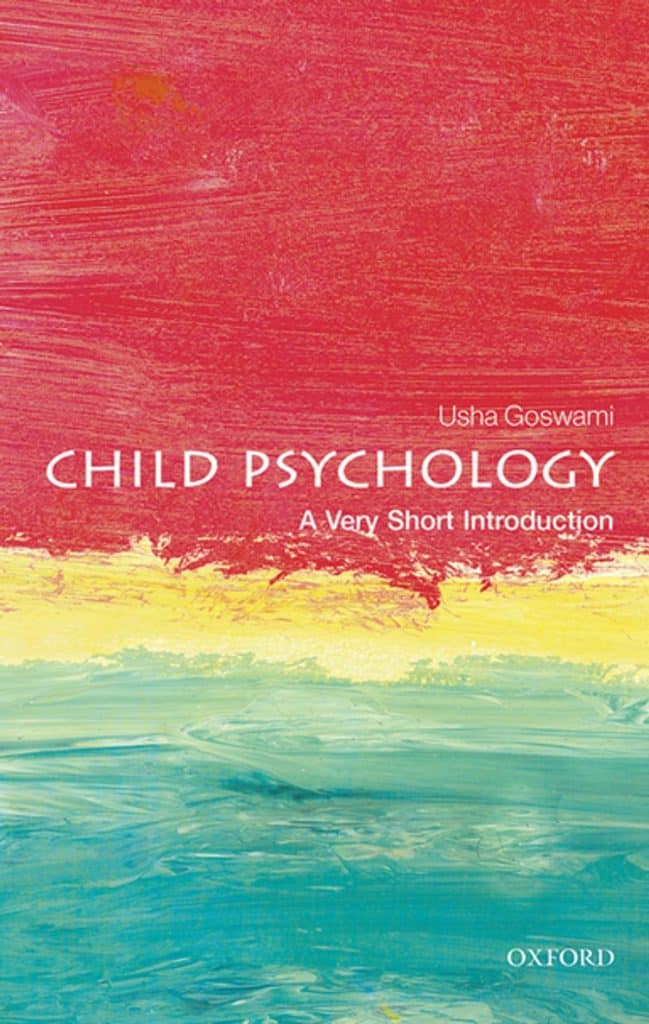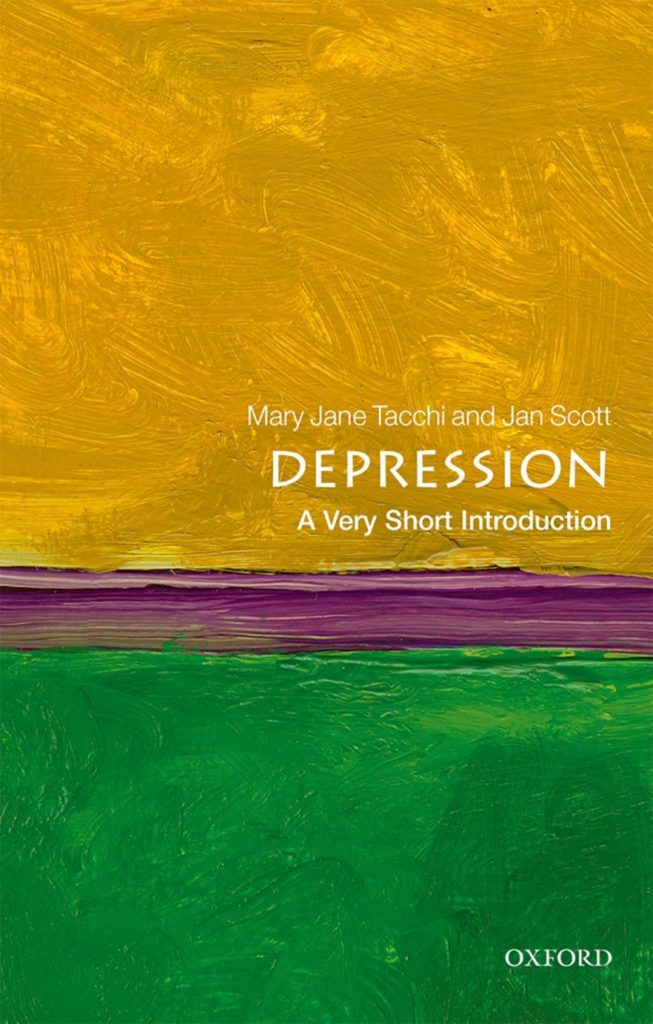Oxford’s Very Short Introductions series offers concise and original introductions to a wide range of subjects — from Islam to Mathematics, Politics to Classics, and Literary Theory to History. Not only a textbook of definitions, but each volume also provides trenchant, provocative, balanced discussions of the central issues in a given topic.
How many Oxford’s Very Short Introductions are there?
The series began in 1995, and today there are around 700 titles published. Oxford’s Very Short Introductions range from worth reading to wonderfully appealing. They’re well written by leaders in their area, thought-provoking, and insightful. Expert authors curated facts, analysis, new ideas, and enthusiasm to make often challenging topics highly readable. Whatever the area of study, whatever the topic that fascinates the reader, the series has a handy and affordable guide that will likely prove indispensable.
With over 700 titles, many more in development, and regularly updated new editions, the series constantly evolves to reflect a contemporary readership. Whatever your area of study, whatever the topic that fascinates you, the series is an indispensable and accessible guide that will enrich your understanding.
Since I absolutely love Oxford’s Very Short Introductions series, and they are extremely informative books, I decided to curate 40+ the best books from Oxford’s Very Short Introductions series. They will make a useful addition to your bookshelf.
If you like this list, you should definitely check out 73 Beautiful Books from the MIT Press Essential Knowledge Series.
In “The Laws of Thermodynamics,” Peter Atkins explores the fundamental principles that govern our universe in a way that is both accessible and engaging. Atkins, a renowned authority in the field of thermodynamics, takes on the challenge of explaining the four laws that dictate everything from the expansion of gases to the cooling of metals, without relying heavily on mathematical formulas. This approach not only makes the book approachable to those with little to no background in physics but also highlights Atkins’ skill in making complex scientific concepts understandable.
The book begins with an introduction to the Zeroth Law, a foundational principle of temperature equilibrium that was recognized after the First and Second Laws of thermodynamics were already established, thus explaining its unconventional name. Atkins’ explanation lays a solid groundwork for understanding how these laws interact to create the physical reality we inhabit.
Progressing through the First, Second, and Third Laws, Atkins deftly explains the conservation of energy, the inevitable increase of entropy, and the implications of absolute zero temperature. One of the book’s strengths is Atkins’ ability to illuminate the concept of entropy – often a stumbling block for students of thermodynamics – and its significance as the driving force of the universe. By elucidating how entropy’s relentless rise shapes our world, Atkins provides readers with a new lens through which to view the natural processes around them.
Atkins further enriches the narrative by touching upon the concept of free energy and its critical role in determining the direction of chemical reactions. This discussion is particularly fascinating as it bridges the gap between abstract thermodynamic principles and their practical applications in everything from energy production to the study of living organisms.
What sets this book apart is not just Atkins’ thorough exploration of thermodynamic laws but his evident passion for the subject, which shines through his writing. His enthusiasm acts as a catalyst, sparking curiosity in the reader to explore the subject deeper. Throughout the book, Atkins employs a variety of examples and analogies, which not only anchor the theoretical in the tangible but also add a layer of storytelling to what might otherwise be a dry subject.
However, readers should be prepared for the dense subject matter. While Atkins makes a concerted effort to keep the text accessible, the complex nature of thermodynamics means that some may find certain sections of the book challenging. This slight hurdle notwithstanding, Atkins’ narrative strategy ensures that such moments are brief and manageable.
“The Laws of Thermodynamics” is more than just a simple introduction; it is a compelling invitation to view the universe through the fascinating lens of thermodynamics. It is a testament to Atkins’ skill as both a scientist and a communicator that he is able to not just convey information but inspire awe and appreciation for the elegant simplicity of the laws that shape our existence.
In conclusion, The Laws of Thermodynamics serves not only as an excellent primer for those new to the subject but also as an insightful read for those already familiar with the basics of thermodynamics. Peter Atkins has crafted a concise, yet comprehensive guide to understanding the forces at play in the universe. Whether you’re a student grappling with the concepts for the first time or simply a curious mind drawn to the mysteries of the physical world, “The Laws of Thermodynamics” offers a clear, engaging, and genuinely enlightening exploration of one of science’s most fundamental topics.
Get ready to uncover the fascinating journey of mathematics in Jacqueline Stedall’s The History of Mathematics: A Very Short Introduction. In this concise but comprehensive book, Stedall explores themes of progress, failure, and the collaboration between mathematicians throughout history.
Unlike traditional linear approaches, Stedall takes a wider perspective, encompassing the contributions of mathematicians from all corners of the world, including the well-documented era of post-15th century Western European mathematics.
By delving into the scarcity and format of historical sources, Stedall reveals the cultural context behind mathematical development. One standout example is the ancient Babylonian clay tablets, which not only provide insights into mathematical calculations but also offer a glimpse into the curriculum of that time.
Stedall also highlights the importance of appreciating historical works in their original form, cautioning against overly compressed translations that may diminish the significance of unfamiliar ideas.
The History of Mathematics: A Very Short Introduction offers a fascinating insight into the shift from geometric to algebraic representation in the 17th century, challenging the perception that mathematics was always intended to be visually interpreted.
Stedall contrasts the Euclidean axiomatic approach with the more sporadic methods prevalent from the 2nd century BC to the 19th century AD. She also explores the development of calculus, showcasing its functional yet non-axiomatic nature.
The book sheds light on the dichotomy between everyday mathematics and the revered mathematicians of ancient times, who were sought after for their expertise in setting religious dates and were supported by influential figures of their era.
From the establishment of professional societies and academic structures to the collegiality of European mathematicians in the 17th and 18th centuries, Stedall paints a vivid picture of the social cohesion within the field. This tradition continues to this day.
The History of Mathematics: A Very Short Introduction tackles major historical issues in mathematics while remaining accessible to non-specialists. Prepare to be captivated by this compact yet impactful exploration of mathematics.
The Sun, as our nearest star, is crucial for life on Earth because it provides the warm radiation and light necessary for the evolution of complex life. The Sun has a significant impact on our climate, and solar storms and other high-energy occurrences can pose a threat to satellites and our communication network.
This Very Short Introduction covers the knowledge we currently have on the Sun’s physics, structure, history, and future evolution. Philip Judge uses simple physics and mathematical ideas to explain some of the remaining mysteries surrounding the Sun that we are still unable to solve. Why do sun spots develop? How come it flares? He demonstrates how these and other bothersome issues are related to the Sun’s continuously fluctuating magnetism, which transforms an otherwise uninteresting star into a device for bombarding extraterrestrial space with fluctuating radiation, and high-energy particles, and magnetic ejections. Judge emphasizes the several factors that make the Sun significant and explains why researchers study it throughout.
How much faith should we place in what scientists tell us? Is it possible for scientific knowledge to be fully “objective?” What, really, can be defined as science? In the second edition of this Very Short Introduction, Samir Okasha explores the main themes and theories of the contemporary philosophy of science. He investigates fascinating, challenging questions such as these.
Starting at the very beginning, with a concise overview of the history of science, Okasha examines the nature of fundamental practices such as reasoning, causation, and explanation. Looking at scientific revolutions and the issue of scientific change, he asks whether there is a discernible pattern to how scientific ideas change over time and discusses realist versus anti-realist attitudes towards science. He finishes by considering science today and the social and ethical philosophical questions surrounding modern science.
“This book’s goal is to carefully but untechnically illustrate the distinctions between high-level, research-level mathematics and the kind of mathematics we learn in school. Readers of this book will leave with a deeper grasp of seemingly counterintuitive ideas like infinity, curved space, and imaginary numbers since the most fundamental distinctions are philosophical. The opening chapters discuss general facets of mathematical theory. Following these are talks of more specialized subjects, and the book concludes with a chapter that addresses frequently asked social concerns concerning the mathematical community, such as “Is it true that mathematicians burn out at the age of 25?” Anyone who wants to better grasp mathematics should start with this introduction.”
What are dreams, and what triggers them? Why do dreams seem so bizarre, and why is it so difficult to remember them? J. Allan Hobson presents a fresh and increasingly comprehensive understanding of how dreaming is produced by the brain, replacing the mysticism surrounding dreams with contemporary dream science. This book examines how the new science of dreaming is influencing psychoanalytical views and how it is improving our comprehension of the origins of mental illness, focusing on dreams to explain the mechanisms of sleep.
J. Allan Hobson explores his own dreams to demonstrate and explain some of the remarkable findings of contemporary sleep science and cast doubt on some of the widely-held notions about the significance of dreams. He explains why we go crazy in our dreams to prevent doing so when we are awake, how dreaming preserves and develops the intellect, and why sleep is necessary for health and life.
This book introduces readers to the science of human intelligence for those who know little or nothing about it and helps them reach the point where they can evaluate the basic issues of mental capacity for themselves. Each chapter discusses an important scientific topic but does so in an engaging and perfectly understandable manner. Discussed topics include whether there are several types of intelligence, if environmental factors such as genes or environment have a role in intelligence disparities, the biological foundation of cognitive levels and whether intelligence decreases with age.
From infancy to the beginnings of puberty, this Very Short Introduction provides a current, trustworthy, and intelligible summary of modern child psychology. Usha Goswami explores the bonding and attachment process from infancy on, showing how secure attachments encourage the development of self-awareness. Goswami examines how infants and toddlers understand the natural, biological, and social environments and how they acquire sophisticated skills like morality and language. He also looks at cognitive reasoning and language acquisition.
Goswami emphasizes the value of sibling relationships and early friendships for psychological growth by illustrating how a child’s learning is influenced by their environment, including those at home, school, peers, and society. By explaining the foundational theories in child psychology, Goswami demonstrates why children develop the way they do and how society could better enhance their development throughout the adolescent years.
Popular science author John Gribben traces the history of our increasing knowledge of galaxies in this engrossing Very Short Introduction, from the times before Galileo to the present day studies of our many hundreds of millions of galactic neighbors. Galaxies are intriguing celestial structures in and of themselves, but research into them has also disclosed much of what is known about the Universe today, opening a window into the Big Bang and the Universe’s beginnings. From the numerous sorts of stars that are born inside it to the beginnings of its spectacular spiral structure, Gribben examines our own “Milky Way” Galaxy in great detail. Gribben describes the many fascinating discoveries that have been made about our galaxy and those beyond, including how a supermassive black hole lurks at its center, how powerful forces are released during galaxy collisions, how distant galaxies offer a window on the early Universe, and how the formation of young galaxies sheds needed light on the mysteries of Cold Dark Matter. This is perhaps the fascinating part of the book.
Define depression. Bipolar disorder: what is it? How are they identified and dealt with? Can and should a young child be given an antidepressant diagnosis and treatment for depression?
This Very Short Introduction covers depression, manic depression, and bipolar disorder. It begins with a brief history of these ideas before concentrating on the current descriptions and understanding of these conditions. Jan Scott and Mary Jane Tacchi discuss the creation and introduction of antidepressants and mood stabilizers as they examine the advent of contemporary remedies for those who suffer from depression. They look at the different disorders’ symptoms, warning indicators, and the link between medical illnesses and depression.
They examine the significance of bipolar illness and depression in society and the connection between creativity and mood disorders. Scott and Tacchi wrap off by talking about depression treatments and the future.



